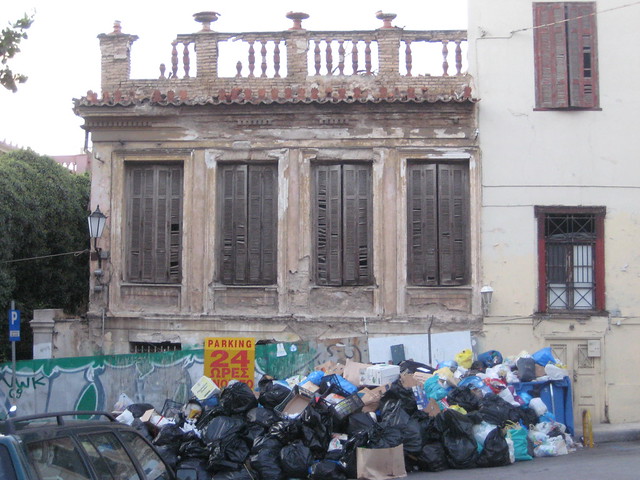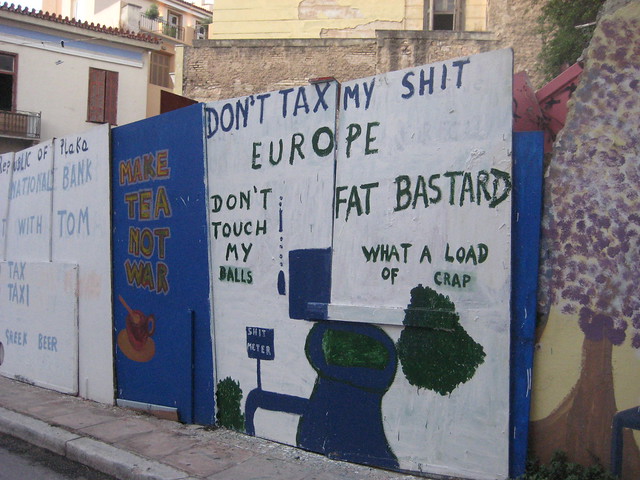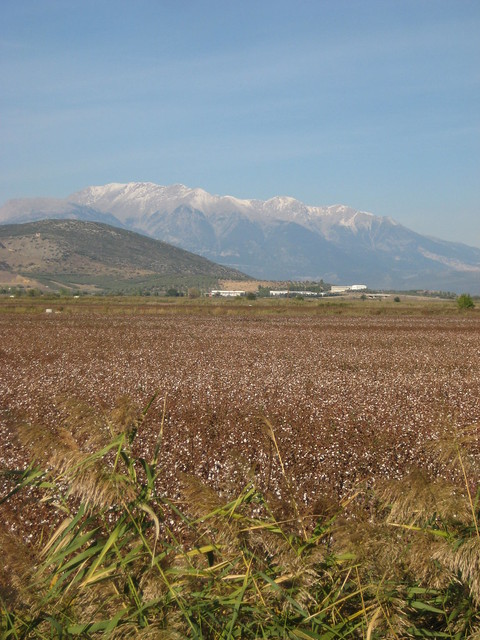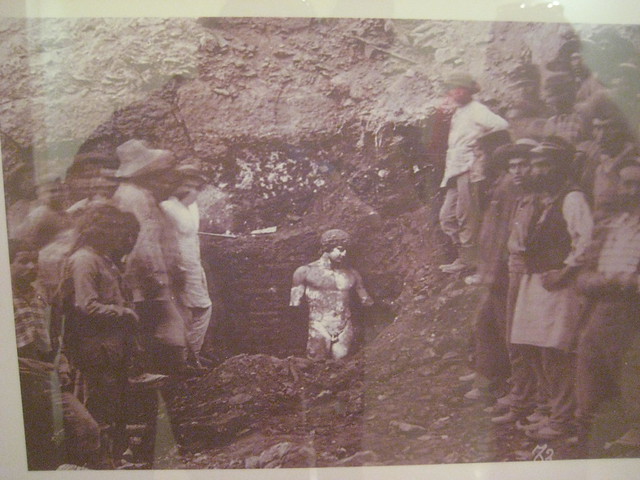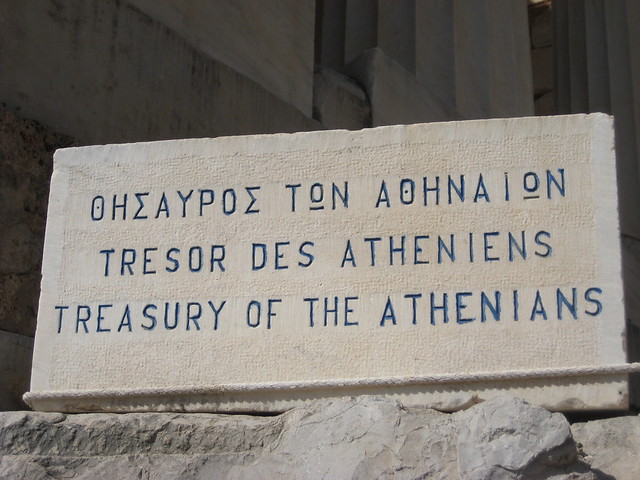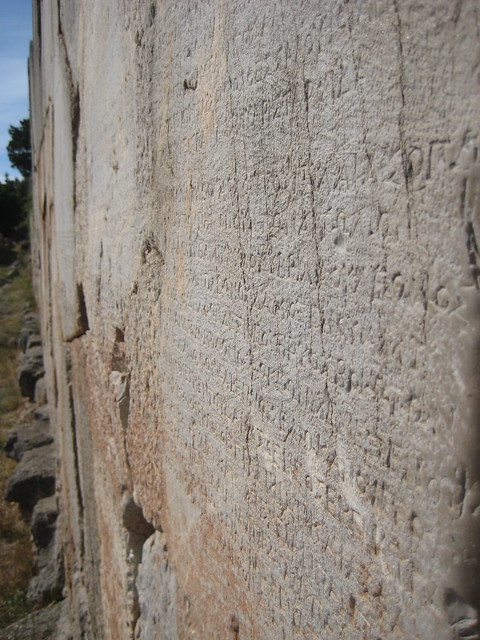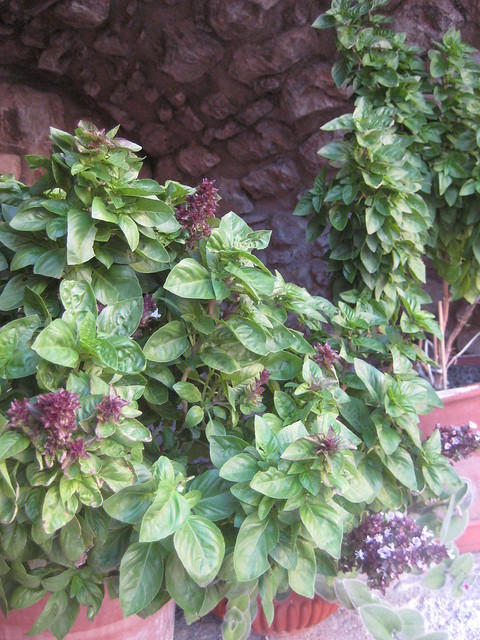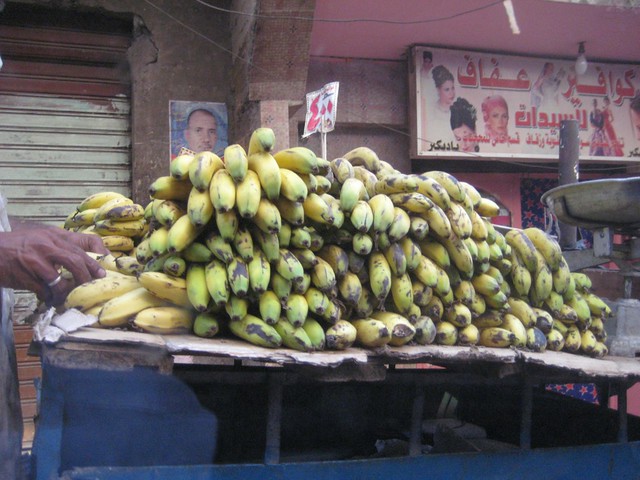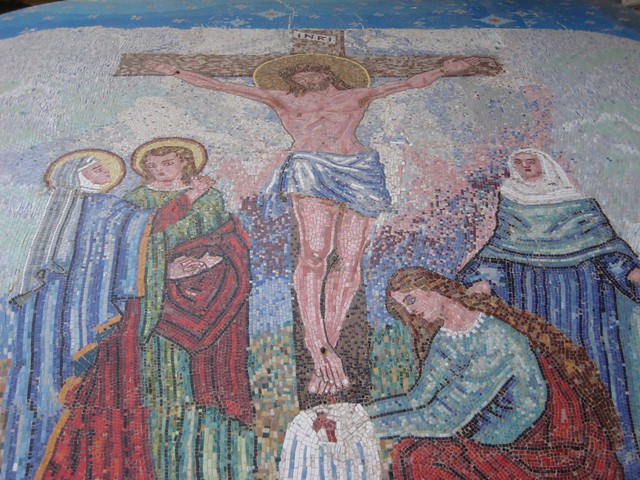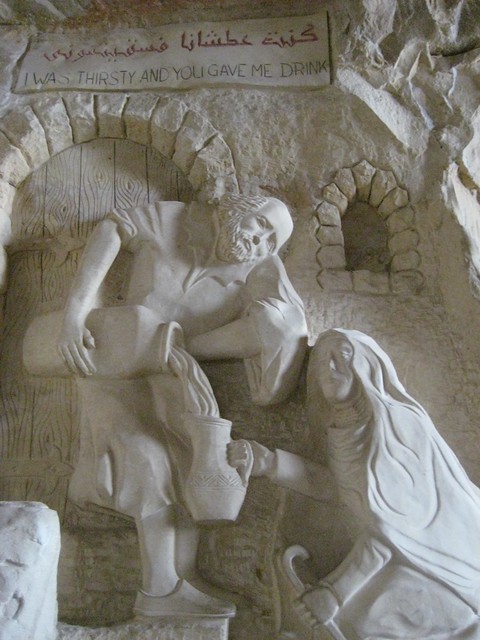Hagia Sophia
Our first stop was Hagia Sophia. Originally built as a Christian cathedral around 360 AD, this building was a center of Orthodox Christianity until the mid 1400's when the city was converted to Islam. At that time Hagia Sophia was transformed into a mosque, and it remained so until the building was converted into a museum by the Turkish Government in the 1930's. When the cathedral was converted to a mosque, all of the intricate mosaics depicting scenes form Christianity were covered in clay.
When you stand inside the main hall of this building there is an incredible feeling of contradictions, as well as unity. Today these mosaics have been uncovered and restored resulting in a blending of Islamic and Christian ornamentation in the same house of worship.

Dome above the altar. Notice the Christian Mosaic between the two large discs of Arabic calligraphy

The Blue Mosque
Literally across the street from Hagia Sophia is The Blue Mosque. Technically named The Sultan Ahmed Mosque, this mosque is known for its blue and white tile work inside. It was here that I had one of the most memorable experiences of my life abroad. We entered the courtyard of the mosque just as the call to prayer was starting.

The Blue Mosque taken from the courtyard outside

The perimeter of the courtyard
It was a surreal moment, having just crossed the threshold as the call began. All at once the birds perched along the tops of the courtyard walls took flight. If you click on the link to the call to prayer above you can actually see the birds flying above the Blue Mosque during the call. I felt like I was on the set of a movie; could this really be my own life? Amazing.
From my seat along the perimeter wall I noticed a large group of our students running across the courtyard toward the other chaperones. They huddle around my colleagues for a moment in conversation and then tore across the courtyard again toward the entrance to the mosque. The Muslim students had asked if they could all go inside and pray together. What an incredible moment for them. All of the adults on the trip had to remain outside, being the infidels that we are, leaving this group of 11-14 year olds to pray together inside. I was quite moved by this entire experience.

I know this is blurry, but it captures my students taking off their shoes before entering the mosque.
Once the prayer had concluded the remaining students and chaperones were permitted to enter the mosque. Below you will see how it earned its name:



The hundreds of chains you saw hanging in the two photos above are used to suspend these massive chandeliers.
Finally, below are a few more photos form the trip.

I liked the color of the buildings and the tiled roof in this photo. Notice the old aqueduct in the back ground?
The temperature had been dropping when we arrived. I spotted this motorcycle during one of my walks. I thought this was a resourceful way to keep warm during deliveries:


I loved this fruit stand:

And finally, I had to snap a quick shot of this dog doing his best to uproot an electrical line. Memories of National Lampoon's Christmas Vacation and the cat chewing on the tree lights sprang to mind and I ran the other way.

